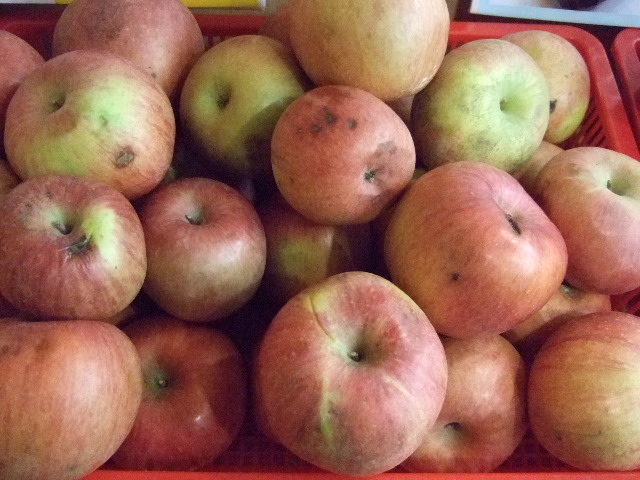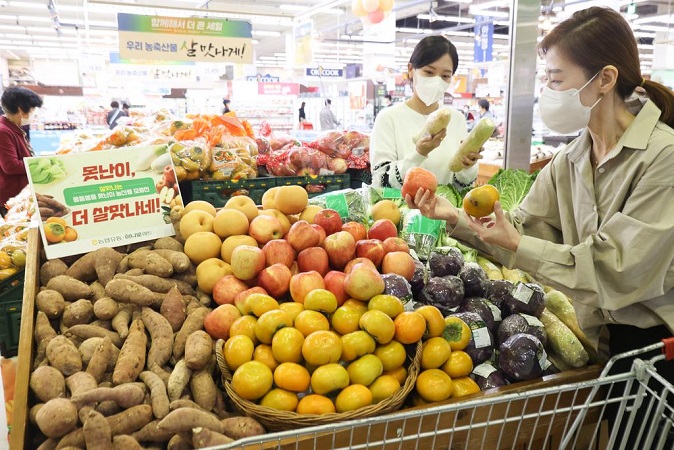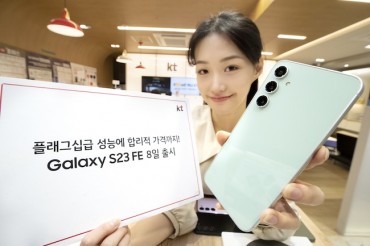
Flawed fruits are popular among consumers who value cost-effectiveness. (image: Green Consumer Network in Korea)
SEOUL, Sept. 5 (Korea Bizwire) — As the financial strain on ordinary households continues to mount due to soaring food prices, the relatively affordable option of “ugly produce” is capturing consumers’ attention.
The term “ugly produce” refers to fruits and vegetables with unconventional and irregular shapes, often rejected from conventional supermarkets due to superficial imperfections such as skin blemishes or deformities.
In response to this trend, the Rural Development Administration (RDA), a prominent agricultural research and development organization, has taken a proactive stance.
The organization has revealed that the appearance of fruits has no bearing on their inherent flavor and has embarked on initiatives to promote the sale of these “ugly” fruits.
Researchers at the agency conducted a specific study focusing on “ugly apples” and established that there is no discernible difference in taste between these atypical apples and their conventionally shaped counterparts.
Notably, they conducted a thorough examination of the quality of “Hongro” apples, a representative variety often associated with the Chuseok holiday, typically harvested from late August to early September.
These findings were made public on Aug. 31.

This file photo taken on Oct. 11, 2022 shows employees of NH Nonghyup Hanaro Mart promoting “ugly” agricultural products. (Yonhap)
Among their observations, the researchers measured the tilt angle of 200 apples and found no significant variation in sugar content based on the fruit’s shape.
Similarly, there were no noteworthy differences in acidity, which influences sourness; sugar-to-acidity ratio, which determines sweetness; or firmness, which reflects crispness.
Furthermore, the researchers extended their investigation to the Fuji apple variety, typically harvested at the end of October, and reached the same conclusion.
In the researchers’ own words, “Taken together, the results indicate that while the appearance of typical and atypical apples may differ, there is no distinction in terms of taste and quality.”
Despite these findings, the stigma associated with the appearance of fruits persists, causing hardships for farmers who are unable to sell these atypical products as part of the mainstream selection.
Furthermore, the RDA has noted that due to low temperatures during the flowering period, this year’s apple crop is expected to be less abundant compared to last year, even though there were fewer pest incidents, but there will likely be an increase in atypical apple varieties.
An official from the RDA expressed optimism about changing consumer perceptions, saying, “It would be intriguing to compare the flavors of misshapen and visually appealing apples when purchasing red apples for this Chuseok holiday. We hope that consumers will reconsider their choices, leading to an increased consumption of atypical fruits.”
M. H. Lee (mhlee@koreabizwire.com)






